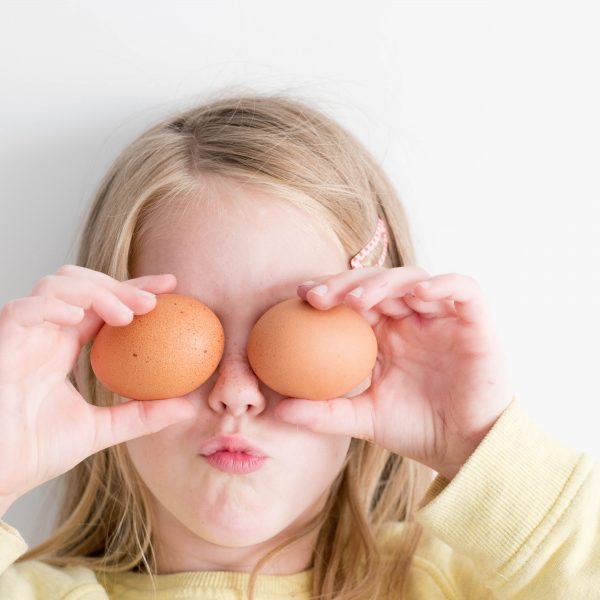The 7 Day Challenge for Joy!

Researchers at the University of Sydney found that early childhood settings offer children and adults many possibilities for joy. Educators were unanimous in their agreement about the presence of joy in their work with young children, with some describing joy as a powerful feeling and others as a transformative experience that extended beyond the individual to be shared with others.
Educators confirmed joy as a phenomenon that inspired and sustained their work, that surprised them in unexpected ways and that allowed them to derive from interactions with colleagues and families.
Joy may have the potential to support educators during these challenging times and so we propose a different type of challenge, a 7 Day Challenge for Joy!
We invite educators to try the daily practices and focus on the joy that is possible with children and through professional relationships.
We would love to hear how effective you find these steps for joy so please let us know at: [email protected]
Day 1: Welcome Joy: Start the new year by acknowledging a feeling of joy that you have recently experienced. Centre managers or directors may want to begin the year with a morning tea or breakfast and invite the team to think about and share a moment that they were visited by joy.
Some examples may include watching the sunrise, an event over the holidays, visiting with family or friends, recounting a sip of a beautiful cup of tea, a cake rising, the smell of bread or holding a baby in our arms.
In focusing intentionally on joy, we invite joy back into our lives, we communicate its value, for it to be worthy of our attention and to recognize its presence in the big and small moments of our lives.
Centre directors, by affirming joy, make it a priority for their programs as well as their staff and promote collegiality by talking about these experiences with one another.
Day 2: Joyful noticing. Have each educator select a child and think about what brings them joy. What are their interests? What are they wanting to know more about? What are they really telling us?
Teachers can use these ideas for planning and to support small group work instead of using a predefined curriculum calendar. Try this approach for a week, with educators focusing on the same child for the entire period, then review to see how this changes the learning environment, the children, or your own feelings during the learning experience.
Day 3: Defining Joy: Have your team each write a brief definition of joy. What does it feel like, sound like, look like? How are the definitions similar or different?
Place these definitions in the staff room, on the walls. Create a padlet for educators to post their views of joy and invite each other to note when they see one another enacting that definition of joy.
Day 4: Create Spaces for Joy: Joy happens in relationships, the relationship with ourselves, our colleagues, the children and families in our program, our environment, and the materials with which we work. Are we using light, shadows, mirrors, and platforms of varying levels intentionally to create spaces that have the potential to bring the children joy? Brainstorm ideas about how you can make small changes to the environment, the ways in which you utilize materials.
Day 5: Talking about Joy: How often do your professional conversations focus on joy? Centre directors or and educators can use the following prompts to encourage conversations that ignite joy.
- Describe a challenging moment and a moment of joy that occurred today.
- Think of the word joy, what pictures come to your mind?
Day 6: Making time for Joy: With unscheduled time we can observe, reflect, reevaluate, make mistakes, adjust, and learn about our practice. How can you provide more unscheduled time in your centre?
Do we rely too much on a daily schedule? How can we give children and ourselves more time? Can we adjust the way we set up morning tea or the time for napping?
Day 7: Joyful Objects writing tools., drawing materials, clay, paints, mosaics, paper, blocks, puppets, dolls, movement, blocks, sounds, instruments, fabrics, feathers, bubbles, woodworking, wire, and recycled objects, can be explored with children. How can we introduce these objects to children without dictating or directing too much? What can we learn from the children as we share in the exploration and experimentation of these objects? How can we practice ‘being’ with children and see how joy is expressed and discovered together when discovering what happens to chalk drawings when it trains, or painting on plastic sheets that are hung outdoors?
This piece was prepared by Dr. Olivia Karaolis. Read more about her previous work on joy here. To follow her research directly please see here. Dr Karaolis invites your feedback on how these ideas have worked in your service. Please email her at [email protected]
Popular

Quality
Practice
Provider
Research
Workforce
Honouring the quiet magic of early childhood
2025-07-11 09:15:00
by Fiona Alston

Practice
Provider
Quality
Research
Workforce
New activity booklet supports everyday conversations to keep children safe
2025-07-10 09:00:16
by Fiona Alston

Quality
Practice
Provider
Workforce
Reclaiming Joy: Why connection, curiosity and care still matter in early childhood education
2025-07-09 10:00:07
by Fiona Alston












